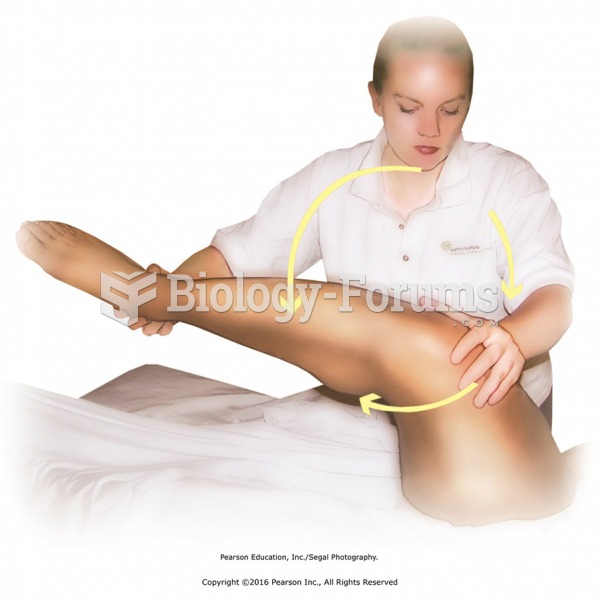Answer to Question 1
Suggested Response: The zone of proximal development is the area of learning in which a child can learn and master a task with help and support. The idea is that children are appropriately challenged with learning tasks. The tasks are not too easy, leading to boredom, and they are not too difficult, leading to frustration. In Ms. Jacobs's class, students are at different levels. They need to be challenged differently. The English learners, for example, are not at the same level with spelling and independent seatwork as students who are native English speakers. In the same way that Ms. Jacobs provides reading instruction at different levels, she should also provide spelling and other language arts instruction at different levels. Additionally, she might consider ways to allow students to work with a partner as needed. Then the students who find the work easy can be challenged with helping another student learn. Ms. Jacobs might also set up procedures for students to get the help they need by following steps to get help quietly.
Text Reference: Vygotsky's Sociocultural Perspective; Implications of Piaget's and Vygotsky's Theories for Teachers
Answer to Question 2
Suggested Response: Lev Vygotsky believed that inner speech or private speech enables children to provide for auxiliary tools to overcome impulsive actions, solve problems, or self-regulate behavior. Thinking depends on speech, and language in the form of private speech guides cognitive development. Vygotsky would agree with Mr. Harper's method. He would encourage a child to use such a strategy to regulate his own behavior. At an older age, the child will probably be able to self-regulate by speaking the reminders in his mind rather than speaking them aloud.
Text Reference: Vygotsky's Sociocultural Perspective







